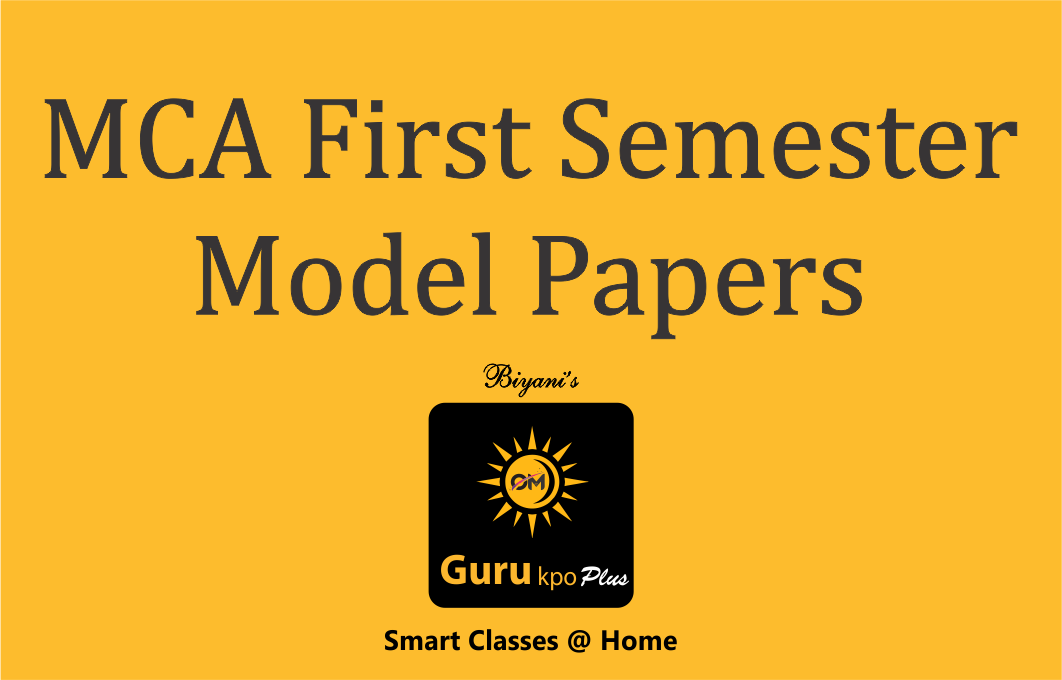
1 The DNAs which are to be used as passenger DNA and the vehicle DNA are extracted out of their cells by lysing the cells with the suitable enzyme.
2 The extracted DNAs are isolated from other cell contents by ultra centrifugation and purified.
3 Both the passenger and vehicle DNAs are then, cleaved by using the same restriction endonuclease so that they have complementary sticky ends.
4 The complementary sticky ends of the passenger and vehicle DNAs are joined with ligase enzyme. This gives rise to a recombinant DNA.
5 The recombinant DNA is now inserted into a host cell such as E. coli.The bacteria to be used as hosts should be without plasmids.
6 The host cells are treated with calcium chloride or lysozyme. It creates transiet pores in their wall and makes the latter permeable to recombinant DNA.
7 The recombinant DNA is added to be the culture in which such as bacteria are growing. The recombinant DNA is taken up by the bacteria. It replicates when the host bacteria divide and give rise to multiple copies of recombinant DNA.







